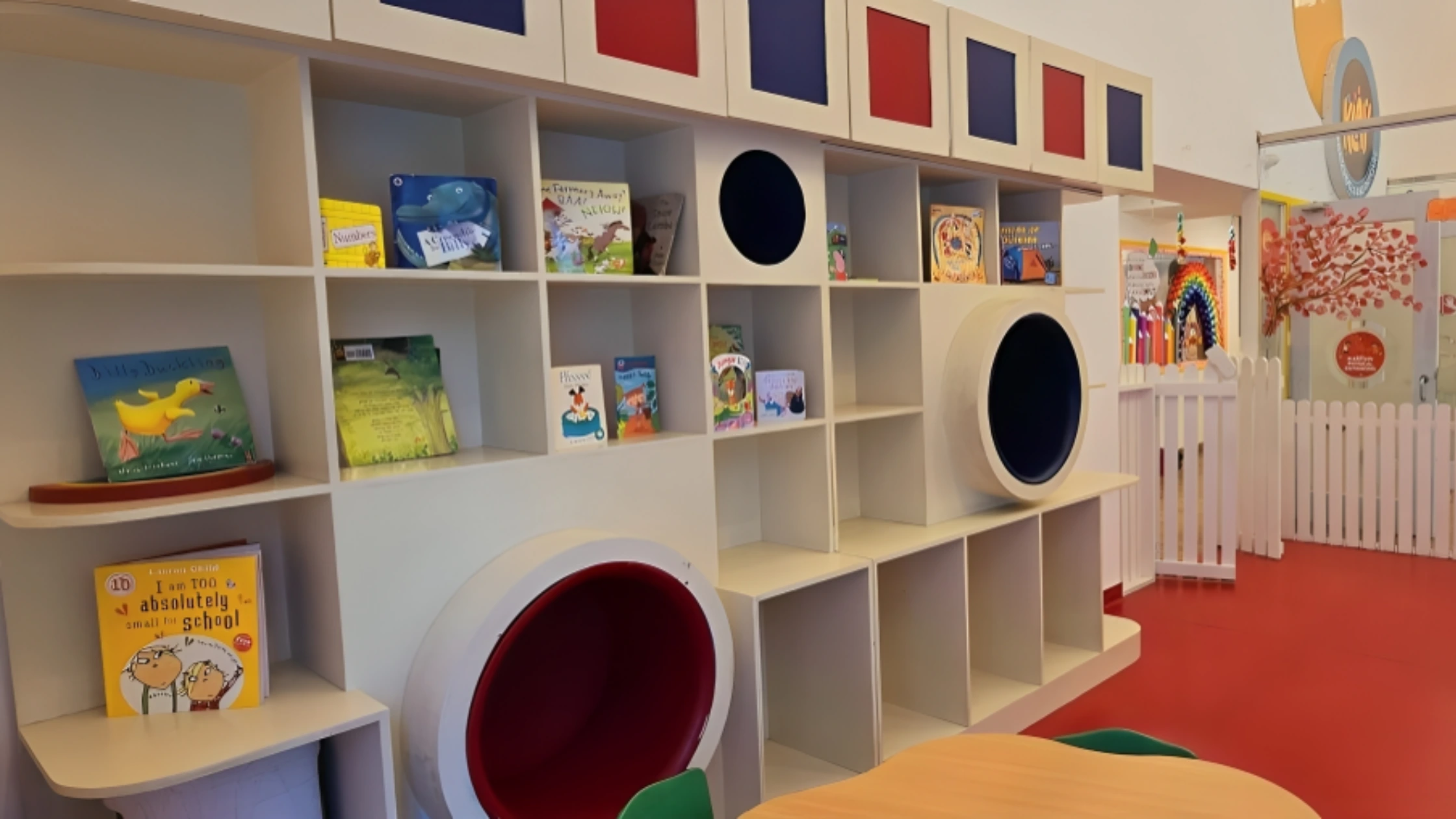How do babies know their mother? Do newborn babies have thoughts? At what age do babies start thinking? What does a baby think about? Being a parent we are always curious to know about babies, what think, how they feel? We have all the answer that you wonder about your baby.
Every time I take a baby in my arms I get lost in the warmth and the beautiful baby smell, but when I notice the intense gaze I always wonder, ‘What does this baby think about?’ I have the opportunity of working with babies day in and day out, so this question of what do babies thoughts kept popping up again and again. It led me to do some research on the emerging science of children’s minds. What I found, completely blew me away!
What latest research says?
Scientists like Alison Gopnik and Andrew Meltzoff have proved beyond doubt, through rigorous experiments, that at birth, babies can distinguish human faces and voices from other sights and sounds. They even have a preference for familiar faces, voices and smells. What’s more amazing is that they recognize their mother’s voices based on the audible sounds they hear in the womb. Even before babies learn to crawl or walk or talk, they are able to differentiate between happy faces and sad faces. Babies thoughts can develop from an early stage.
How did the researchers come to this conclusion? They turned on two different soundtracks with a happy voice and a sad voice and found that babies looked longer at the face displaying the emotion that they heard. This happened not once but repeatedly.
One-month-old babies can imitate facial expressions like sticking out one’s tongue. While at first glance it may not seem very significant, it is actually quite magical, given that the baby thinks about this action when it does not even know where the tongue and lips are.
Lessons for parents and educators

The implications of these findings are immense not only for parents but also for caregivers and educators. As neuroscience techniques have improved, they have shown how the different stimuli emerging from the environment shape the baby’s brain and what do baby thinks. An adult brain has about 100 billion neurons, which remain roughly the same through one’s life. What changes are the connections between the neurons? How do these connections form? After birth, as the child experiences different sensory stimuli, the neurons begin to form connections. The point to note is that the process of formation of connections happens at a wildly faster rate in babies than in adults.
All of this research supports the fact that early years are the foundation years when we learn most and our brains are open to new experiences. Preschool children have brains that are more active, more connected and more flexible than adult brains. As such, the experiences in daycare and preschool have a lasting impact on children and affects babies thoughts.
So now when I take a baby in my arms, I feel responsible for the experience and appreciate how my short positive interaction with the baby or toddler will play a role in shaping their worldview and influence how the baby thinks.
About Pooja

“Pooja is an acclaimed educator working to transform early childhood education through the application of neuroscience research to learning in the early years. She is the founder of Intellitots Learning which is known for its groundbreaking work in the field of early childhood education and care. Intellitots recently got acquired by Founding Years.
An Engineer from IIT Delhi and an MBA from INSEAD, France, Pooja has worked in the US, Europe and India and have successfully paired her work experience at companies like Adobe Systems and Palm with her passion for education. Pooja speaks on the issues of changing education paradigms, gender diversity and entrepreneurship. She has been awarded the ‘ Woman of Substance’ award for her contribution to the field of education and is a mentor to many educators and business leaders.”















4 Comments
Subscribe to our newsletter
[contact-form-7 id="12706" title="Newsletter Form for post page"]Our Related Blogs
Yoga Benefits, Activities, and Poses for Preschoolers
For preschoolers, yoga isn’t about perfection but about giggles and benefits. So, are you curious how a simple stretch can support a child’s focus, flexibility, and emotional well-being? Let’s roll...
Year-End Reflection and Goal Setting for Children
Parenting is a journey filled with the brightest moments and valuable lessons, both for us and our children. As the year draws to a close, it’s the perfect time to...
Why Residents of Malibu Town, Gurgaon Choose KLAY for Their Little Ones?
Choosing the right preschool or daycare is one of the biggest decisions for any parent, especially in a community as close-knit and discerning as Malibu Town, Gurgaon. Over the years,...